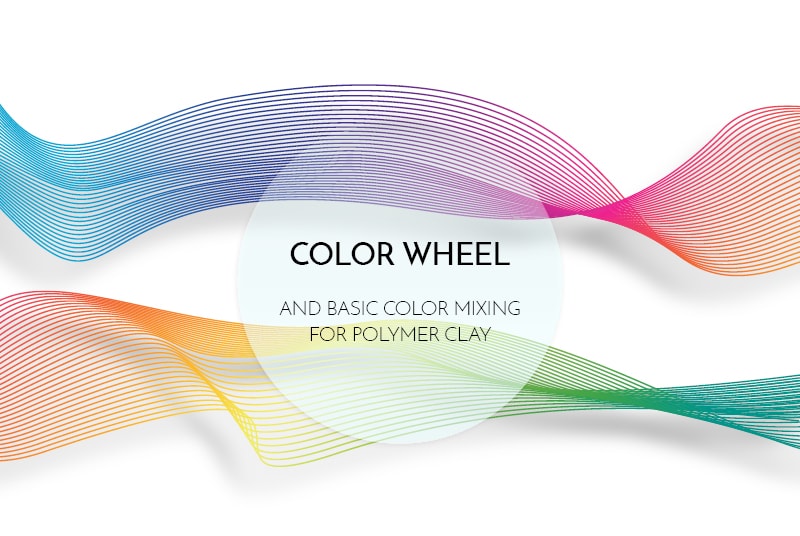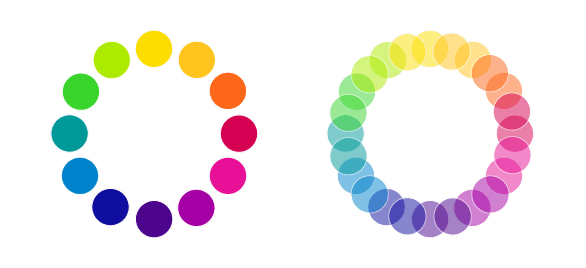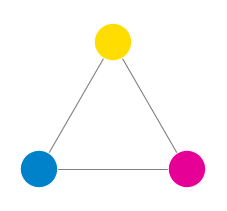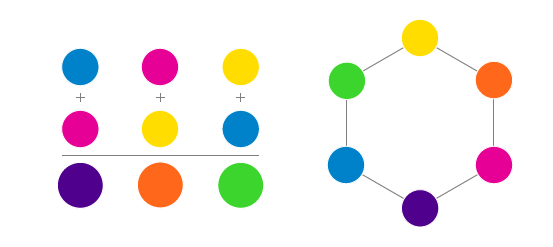In this article we will focus on basic knowledge of colors.
First we arrange them into the color wheel. Then you will learn something about how colors are mixed and which mixing method we use in polymer clay. Gradually, we will mix through shades of color from three primary colors across the color spectrum.













 Black and white are not in the color spectrum. White is a lack of color, and black is ideally the result mix of all colors – for example, all primary colors. You may have noticed that this doesn’t work in the real world. You get brown or another muddy color by mixing all colors instead of black. Therefore keep both white and black always in stock.
Black and white are not in the color spectrum. White is a lack of color, and black is ideally the result mix of all colors – for example, all primary colors. You may have noticed that this doesn’t work in the real world. You get brown or another muddy color by mixing all colors instead of black. Therefore keep both white and black always in stock.